For me, visiting the five million year old red sand dunes in the Namib Desert was the most important part of our family trip to Namibia last summer. I found images of the tall, vibrantly coloured dunes almost unbelievable, and yearned to see them. The thought of the dunes going on for miles and miles intrigued me.
In our research we quickly learnt that Sossusvlei was the place to visit, where the sand dunes meet the white, salt and clay pans from the Tsauchab River. Although Sossusvlei is 60km in from the Atlantic Ocean, the sand dunes over millions of years have blown in from the sea and prevent the river, on the rare occasions it has water in it, from reaching the coast. Sossusvlei, meaning “dead end swamp”, is the dried out clay pan swamp from where the river ends.
With excitement, we left our lodge early to enter the National Park at the Sesriem Gate as it opened at 6am and drove along the paved road which runs alongside the river bed. We came to Dune 45, so named because it is 45 km in from the Sesriem Gate en route to Sossuvlei. It was hard work climbing up 170m even at 7am: the dune was busy with lots of people, and we were still adjusting to being in a different culture, driving a 4×4, early starts and a long journey the day before.
At the top we stopped, took our time, sat calmly and let the other people rush on. We enjoyed the different colours of dune, played and had fun with the sand. The spaciousness and quiet came to the fore. The effort felt worthwhile, it was a magical feeling, a huge connection with nature and a tingling sense of wonder. We took the backroute down, seeing more of the plants and wildlife creeping out from behind the scenes.
From Dune 45 there was another 21km to Sossusvlei to drive, the last 6km in soft sand only for 4x4s. A driving challenge for at least 2 of the 3 drivers, although we all seemed determined to do it! Sossusvlei has some living vegetation as the river does flow every 5 – 10 years and comes to rest here, there are trees and bushes dotted in the pan surrounded by rafts of dunes.
On arrival, walking to the salty clay pan at Deadvlei was our next big challenge. By then it was so much hotter, moving in the sand was really tiring and we just had to trust we were going in the right direction. At Deadvlei we saw 900 year old dead, blackened acacia trees showing up in vivid contrast to the shiny white of the salty floor of the pan. As there is no water here, (the river bed has changed course), the trees are static in their decomposition.
Here’s the thing. My curiosity and persistence made me piece all this together. I needed to know how everything was connected conceptually (dunes blowing in, river running out into a swamp, no moisture to allow trees to decay). I needed to assimilate all I could about the context, to understand all of the system, the causes and consequences, the interdependencies, the science, geography, ecology, patterns and implications for the future. These things helped me make sense of my experience. I wanted to see how everything fitted together, to create a map and draw it altogether.
These innate qualities of mine are also present in my work with clients when helping you to build their high performing, high delivery teams. We look at things together, calling upon your strengths, your innate qualities too, to gain perspective, clarify, understand and then allow the team to take action.
Piecing it all together. Helping you to draw together your own map from which you can determine what needs to be done.
At the current time, is there an outlet for my skills and approach to work with you and your team?
I would love to help you piece your own map all together – to understand your system – where you have come from, what you need now and how to move forward with your goals.
Gill How specialises in the development of leaders and the performance of leadership teams. Contact her if an exploratory conversation would be of interest to you too, in the achievement of your team’s leadership potential, results and goals.
Photo credits: Martin, Gill and Hannah How

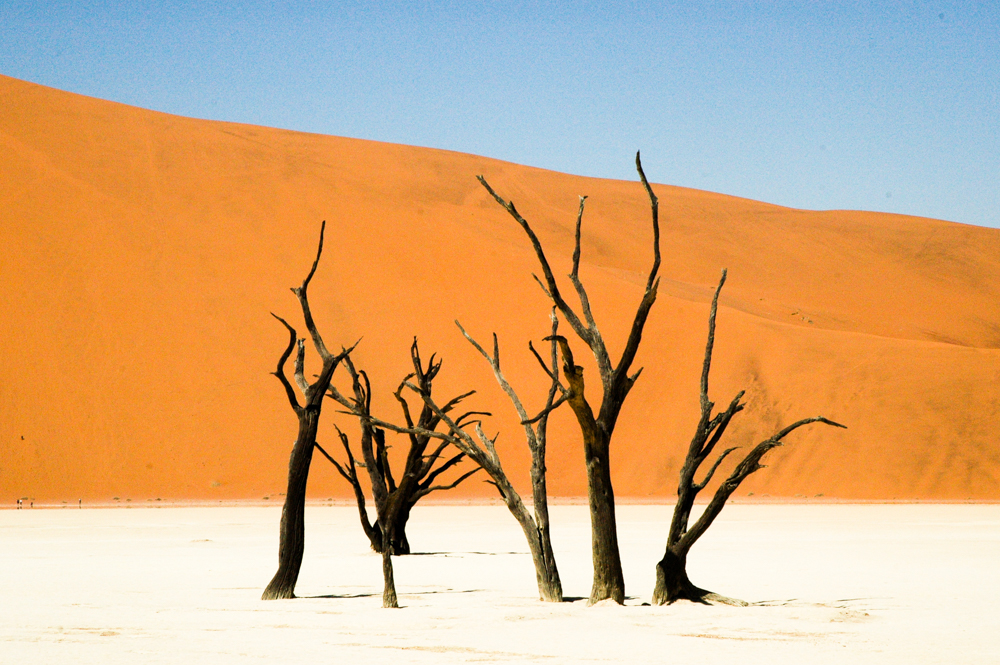
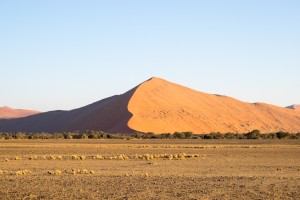
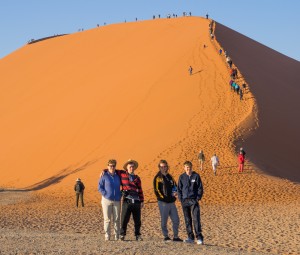
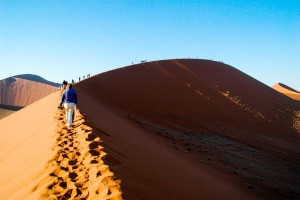
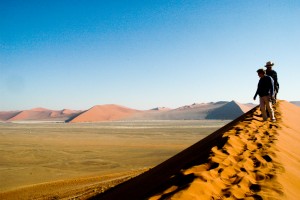
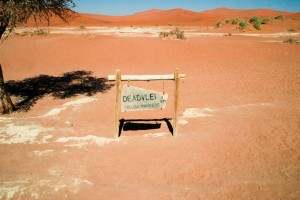
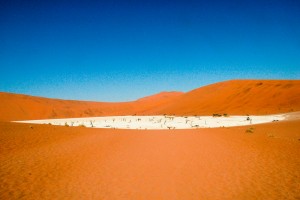
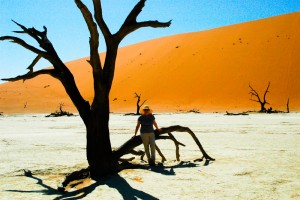
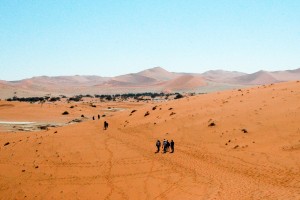
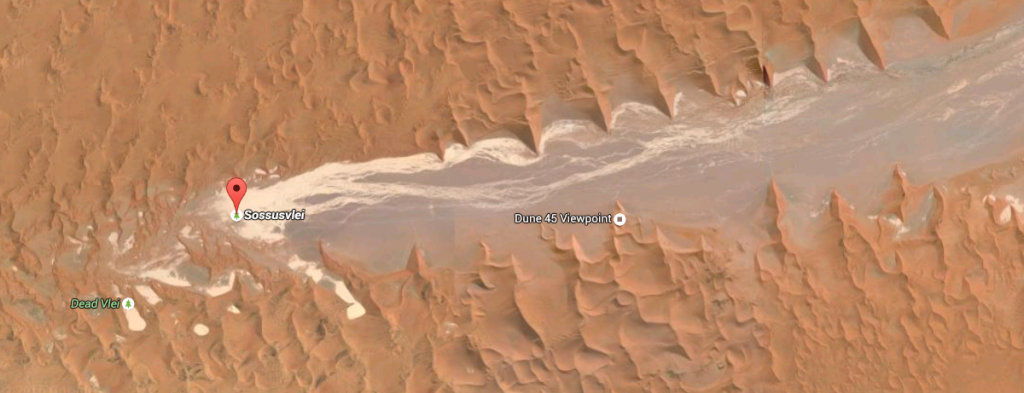




Hi Gill,
Marvellous pictures and great metaphors and links to your work.
It’s great to read of your adventures.
Best wishes
Sue
Thank you Sue!